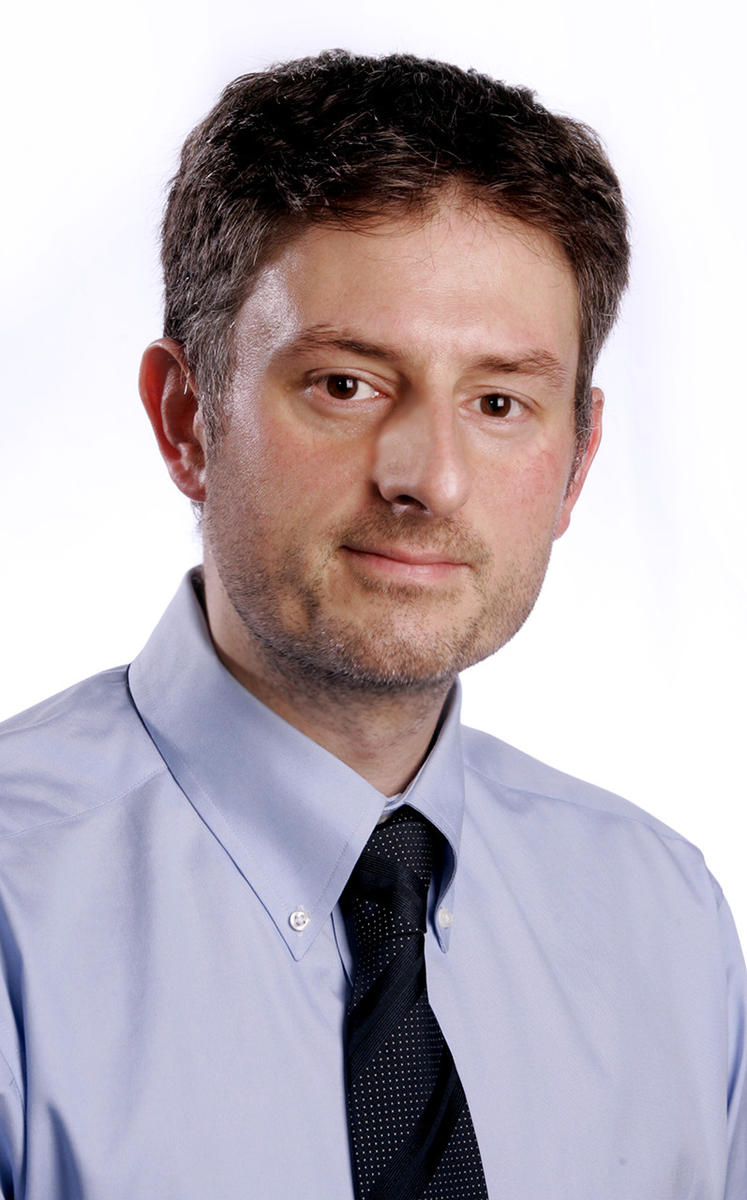Seyedsayamdost Wins National Institutes of Health Director’s New Innovator Award

Mohammad Seyedsayamdost, assistant professor of chemistry at Princeton University, is a recipient of the 2015 National Institutes of Health Director’s New Innovator Award.
The New Innovator award was established in 2007 and supports highly innovative research proposals from early career investigators. This year, the National Institutes of Health awarded 41 New Innovator Awards supported by the NIH Common Fund under the High-Risk High-Reward Research Program.
Seyedsayamdost will receive $1.5M to support his research lab over 5 years for his proposal to “Implement innovative approaches to access the hidden metabolomes of bacteria.”
Abstract: Microbial natural products have traditionally served as a significant source of drug leads, especially in the development of antibiotics. Recent years, however, have witnessed a decline in the rate of discovery of natural products-based anti-infectives. The growing resistance of bacterial pathogens to our existing arsenal of drugs coupled with our inability to generate novel antibiotics between the 1960s and the early 2000s have catapulted infectious diseases to one of the key health challenges of the 21st century. In this application, the roadblocks for finding new bioactive molecules from microbial sources are discussed and innovative, multi-disciplinary approaches for their rapid discovery are proposed. The major challenge in finding new natural products is that most microbial biosynthetic gene clusters – the sets of genes that synthesize complex secondary metabolites from simple building blocks – are not expressed under normal growth conditions. These are referred to as `silent’ or `cryptic’ gene clusters and methods that activate them would have a major impact on drug discovery.
A second challenge is that activation of silent gene clusters and structural elucidation of the resulting products are low-throughput processes by existing approaches. To address these challenges, we propose several new and high-throughput strategies for awakening silent gene clusters. In one approach, we propose the use of multiple genetic reporters to provide a simultaneous read-out for the expression of 4-5 silent gene clusters. High-throughput screening of small molecule libraries is then used to identify elicitors or activators of these clusters. In a second strategy,we propose methods based on mass spectrometry (MS) as a read-out for activation of cryptic clusters, while elicitor screening would provide the requisite small molecules. Both approaches, multiple genetic reporters and MS-based methods, enable high-throughput discovery of cryptic metabolites. To accelerate identification and structural elucidation of these molecules, we propose application of HPLC-MS- based differential metabolomics in concert with MS/MS networking schemes.
Finally, the underlying regulatory pathways that turn on silent clusters in response to exogenous small molecules will also be examined. Together, the approaches above aim to rapidly discover both elicitors and products of cryptic gene clusters, while allowing an understanding of the endogenous regulatory pathways that mediate these processes. Subsequent bioassays carried out in house and by submission to the NIH and the NCI will assess the potential therapeutic utility of bacterial cryptic metabolites.
More information on the NIH Director’s New Innovator Award can be found here.
